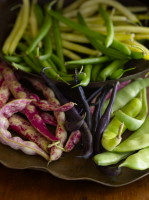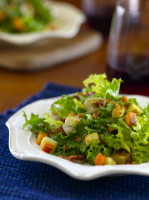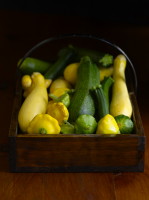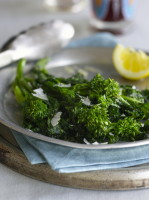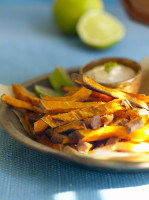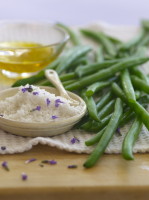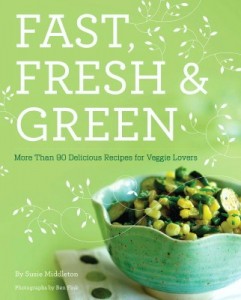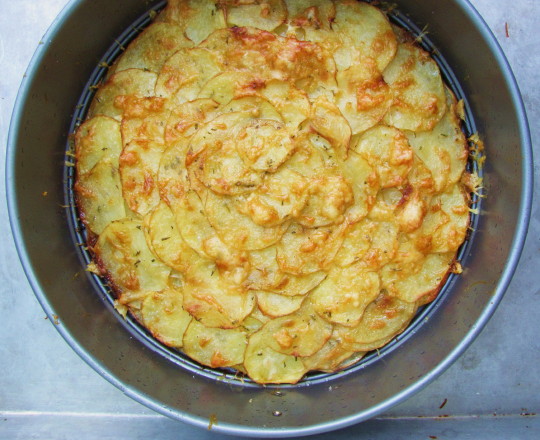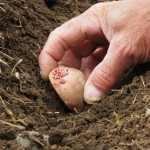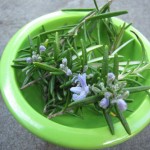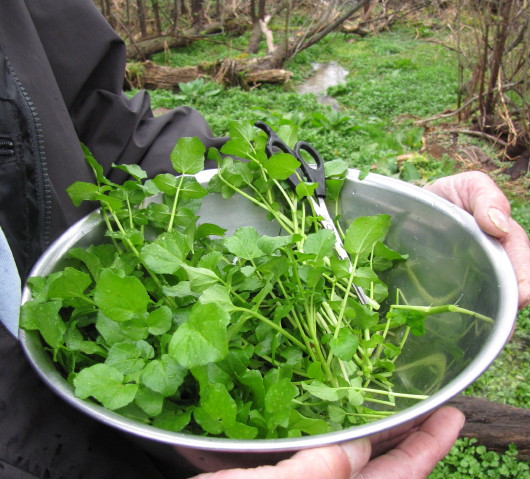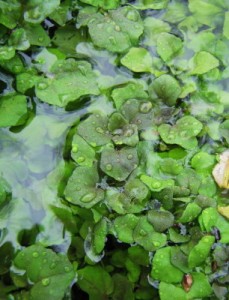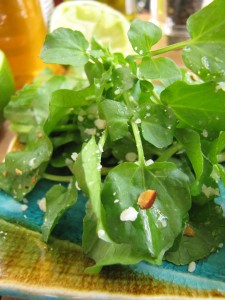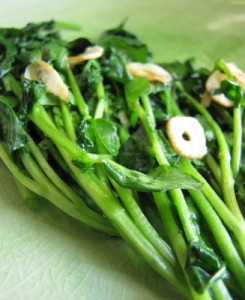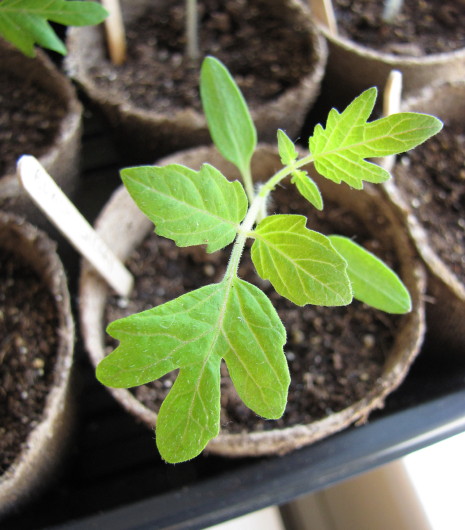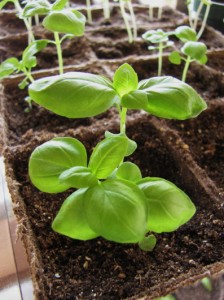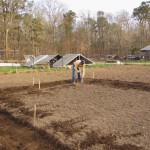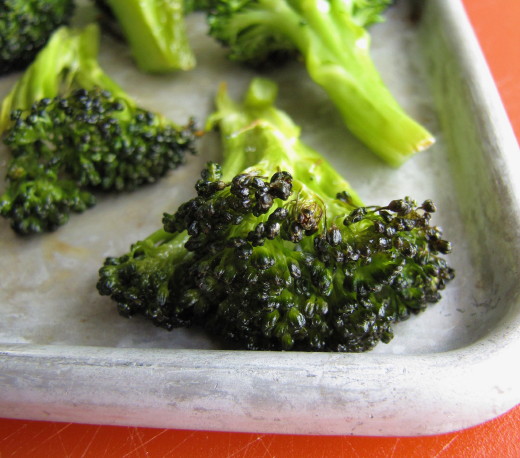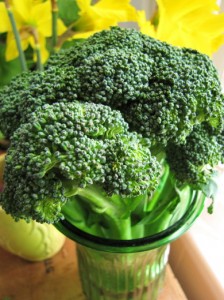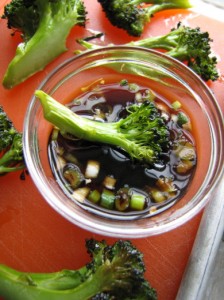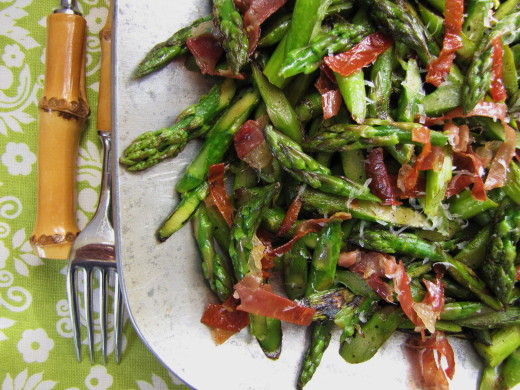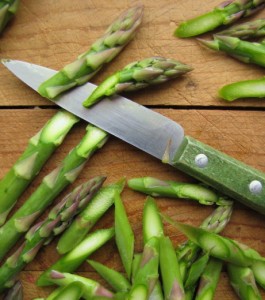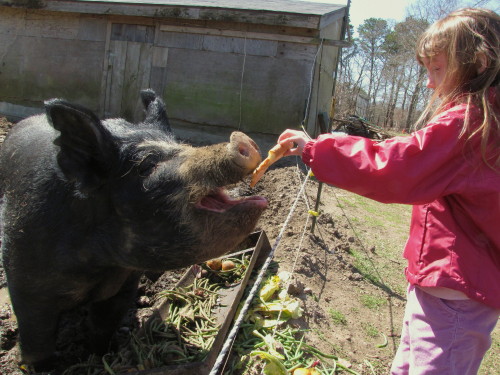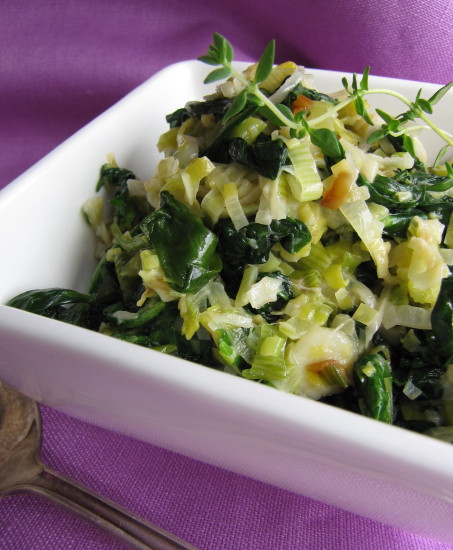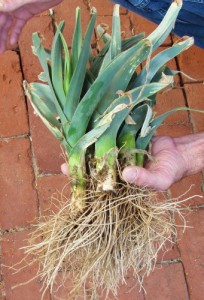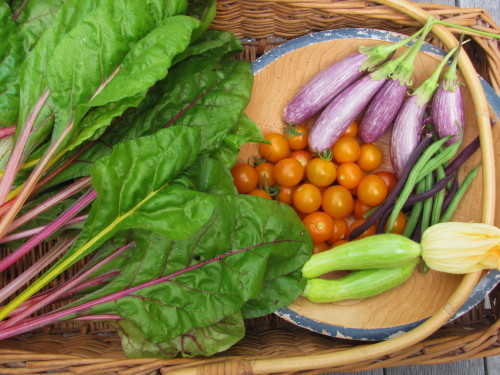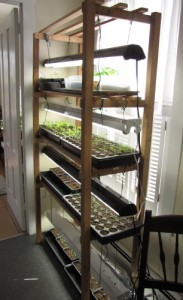 I have water on the brain. Not literally, I hope. It’s just that the subject of clean water is all around me, all around us. In fact, I found it kind of eerie that it was coming at me from so many different directions last week, almost as if the water gods were trying to get my attention. On the national news, it was the horrendous oil spill polluting the Gulf; in Massachusetts, a giant water pipe burst, leaving thousands of folks in the Boston area to boil water all weekend.
I have water on the brain. Not literally, I hope. It’s just that the subject of clean water is all around me, all around us. In fact, I found it kind of eerie that it was coming at me from so many different directions last week, almost as if the water gods were trying to get my attention. On the national news, it was the horrendous oil spill polluting the Gulf; in Massachusetts, a giant water pipe burst, leaving thousands of folks in the Boston area to boil water all weekend.
Here on the Vineyard, ironically, this was the weekend a whole series of special events—the “Water is Life” celebration—was scheduled, revolving around the launch of National Geographic’s new book, Written in Water: Messages of Hope for Earth’s Most Precious Resources. Water is a big deal on an island, of course, not just because of the miles of beaches and acres of coastal ponds, but because we sit on top of our own aquifer. We’re one big watershed. That’s good news when things happen on the mainland like the water-main break; we escape being affected. But on the flip side, everything we put on our lawns, in our plumbing, and over our fields eventually filters into our water.
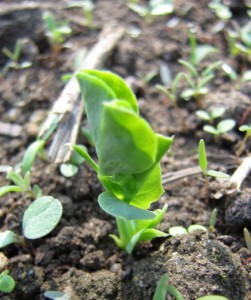 But the water issue I was pondering most this week wasn’t a national or even a local one. No, in my little myopic world, what I was thinking about most was watering my vegetable garden. With the potatoes planted, the peas (and weeds!) sprouting, and some of the greens transplanted, this was the first week the garden demanded a daily watering. Other than the somewhat heated household “discussion” about who was going to get up (very) early every morning and go over to the farm to do this, most of the thinking centered around sorting through a complex system of hoses, splitters, valves, and connections that lead to a hydrant (sort of an old-fashioned looking pump with a red handle) at the center of the farm where our water supply originates.
But the water issue I was pondering most this week wasn’t a national or even a local one. No, in my little myopic world, what I was thinking about most was watering my vegetable garden. With the potatoes planted, the peas (and weeds!) sprouting, and some of the greens transplanted, this was the first week the garden demanded a daily watering. Other than the somewhat heated household “discussion” about who was going to get up (very) early every morning and go over to the farm to do this, most of the thinking centered around sorting through a complex system of hoses, splitters, valves, and connections that lead to a hydrant (sort of an old-fashioned looking pump with a red handle) at the center of the farm where our water supply originates.
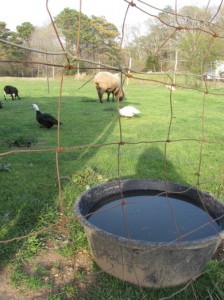 By the third morning, we’d figured out the routine—a routine we’ll probably follow every morning for the next several months. After watering (and I am already amazed at how much water we’ll need to dispense for an area like ours), I retraced my steps to the hydrant to close down the pump. As I walked, I found myself thinking about how lucky we are to have a vegetable plot on a farm. Not only do we have amazing soil, but there’s an established system of water distribution in place. And as I turned the corner past the sheep pasture and the goat pen, I also began to think about how important water is to a farm—not just for raising crops, but for feeding the animals. Just one goat or sheep can drink a gallon of water a day. That’s why everywhere you go on a small farm, you see the ubiquitous black rubber water tubs (like the one in this photo) that constantly need topping up. As many of those tubs as I’ve spied since moving to the Vineyard, I don’t think I’ve ever really thought about what it takes to fill them.
By the third morning, we’d figured out the routine—a routine we’ll probably follow every morning for the next several months. After watering (and I am already amazed at how much water we’ll need to dispense for an area like ours), I retraced my steps to the hydrant to close down the pump. As I walked, I found myself thinking about how lucky we are to have a vegetable plot on a farm. Not only do we have amazing soil, but there’s an established system of water distribution in place. And as I turned the corner past the sheep pasture and the goat pen, I also began to think about how important water is to a farm—not just for raising crops, but for feeding the animals. Just one goat or sheep can drink a gallon of water a day. That’s why everywhere you go on a small farm, you see the ubiquitous black rubber water tubs (like the one in this photo) that constantly need topping up. As many of those tubs as I’ve spied since moving to the Vineyard, I don’t think I’ve ever really thought about what it takes to fill them.
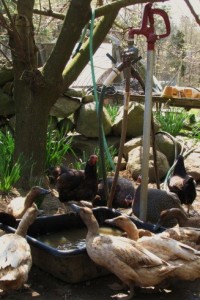 When I got to the hydrant, though, I had to laugh. The ducks and hens (and guinea fowl) have it all figured out, I thought. They never miss the opportunity to stop and take a drink or a bath (or both—they’re not picky). In this case, they’ve claimed the drip-catching tub under the hydrant as their own. The spot definitely reminded me of the water cooler in an office—everyone gathers there for a cackle and a drink. Watching them also suddenly made me think about the poor birds on the Gulf Coast who won’t be as lucky as these ones in the coming months.
When I got to the hydrant, though, I had to laugh. The ducks and hens (and guinea fowl) have it all figured out, I thought. They never miss the opportunity to stop and take a drink or a bath (or both—they’re not picky). In this case, they’ve claimed the drip-catching tub under the hydrant as their own. The spot definitely reminded me of the water cooler in an office—everyone gathers there for a cackle and a drink. Watching them also suddenly made me think about the poor birds on the Gulf Coast who won’t be as lucky as these ones in the coming months.
I must admit, I don’t think I’ve ever given water as much thought as I did this week. And when we start harvesting those glorious peas (and everything else) later this suumer, I’ll now be thinking about all the things that make them possible—not just the soil, the sun, and the hard work, but the water, too.
P.S. And speaking of peas, I hope some of you live in an area of the country (or world) where peas really are a spring vegetable. On the Island we don’t harvest them until July, so I have a while to wait. (In the mean time, I don’t mind cooking with frozen peas, believe it or not.) Either way, if you want to enjoy them simply and deliciously, check out this recipe for Peas with Lemon, Mint & Scallions from my book, Fast, Fresh & Green. It’s just been posted as part of a book excerpt on Finecooking.com, the website of Fine Cooking magazine, which I write for regularly.
And if you live on the Vineyard, don’t forget you are invited to Bunch of Grapes bookstore on this Friday, May 7, at 7:30 for a book signing and demo by yours truly.


